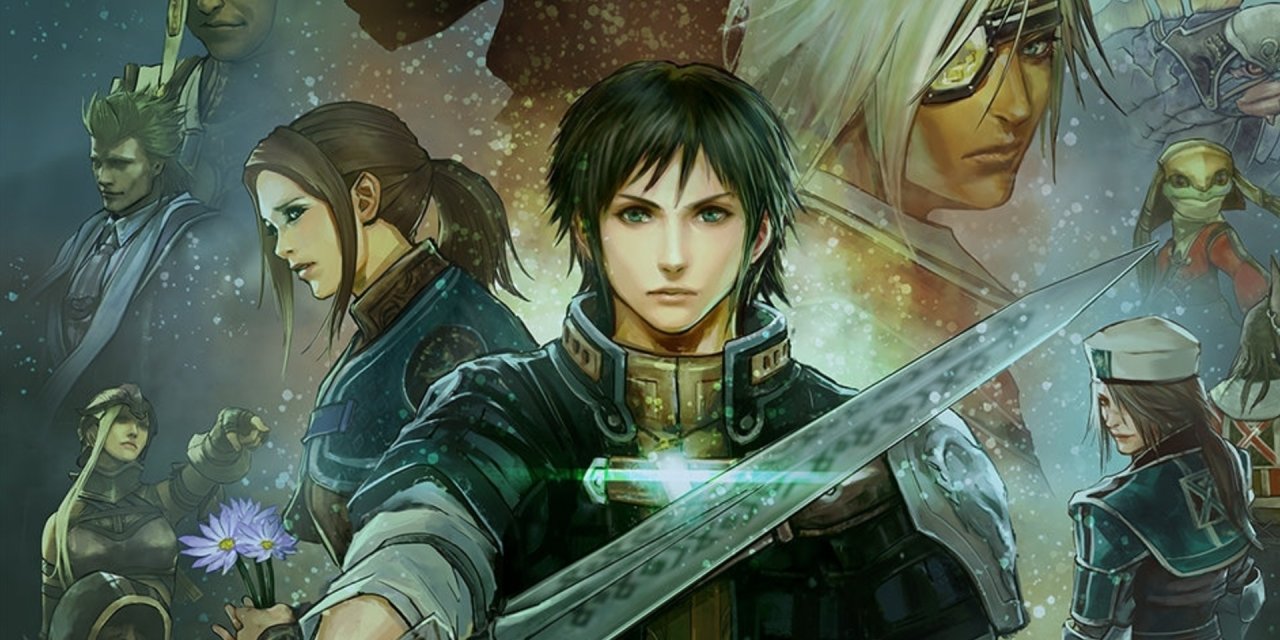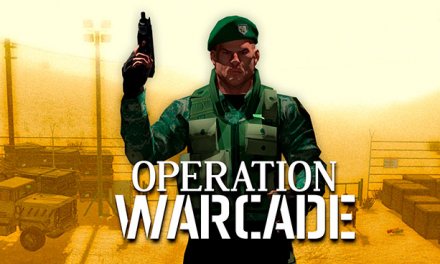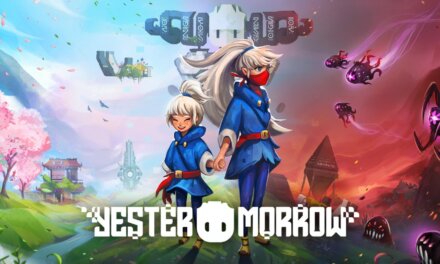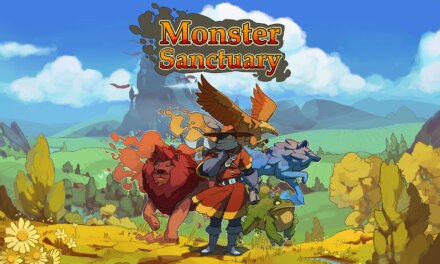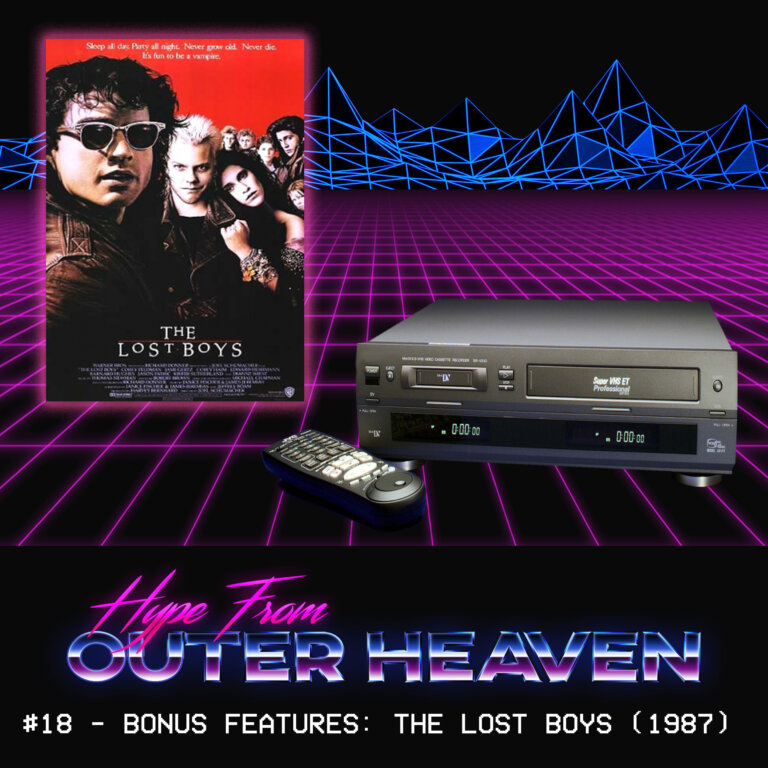The Marmite of JRPG’s
The Last Remnant Remastered is here and with a mixed reception and not-worryingly so. The original release received mixed reception so the question is why remaster it? The question, unfortunately, isn’t so easy to answer but all I can say many will be eager to get stuck in especially as the PlayStation didn’t get a release before but until now that has all changed.
So what is the Last Remnant and what is it about? Well, it’s your typical JRPG and it is full of typical cliches as you would expect. You play as Rush Sykes, an angsty teenager with a lot of character who due to his missing sister can be hot-headed and getting in the midst of most situations, also he has immense power that none of the others has. Right off the bat Rush Sykes comes across as pretty annoying but for the most part, he did seem to grow on me. The story sees you involved in a worldwide war of conflict, one that is much larger than your character is prepared to handle, that is where your comrades come in
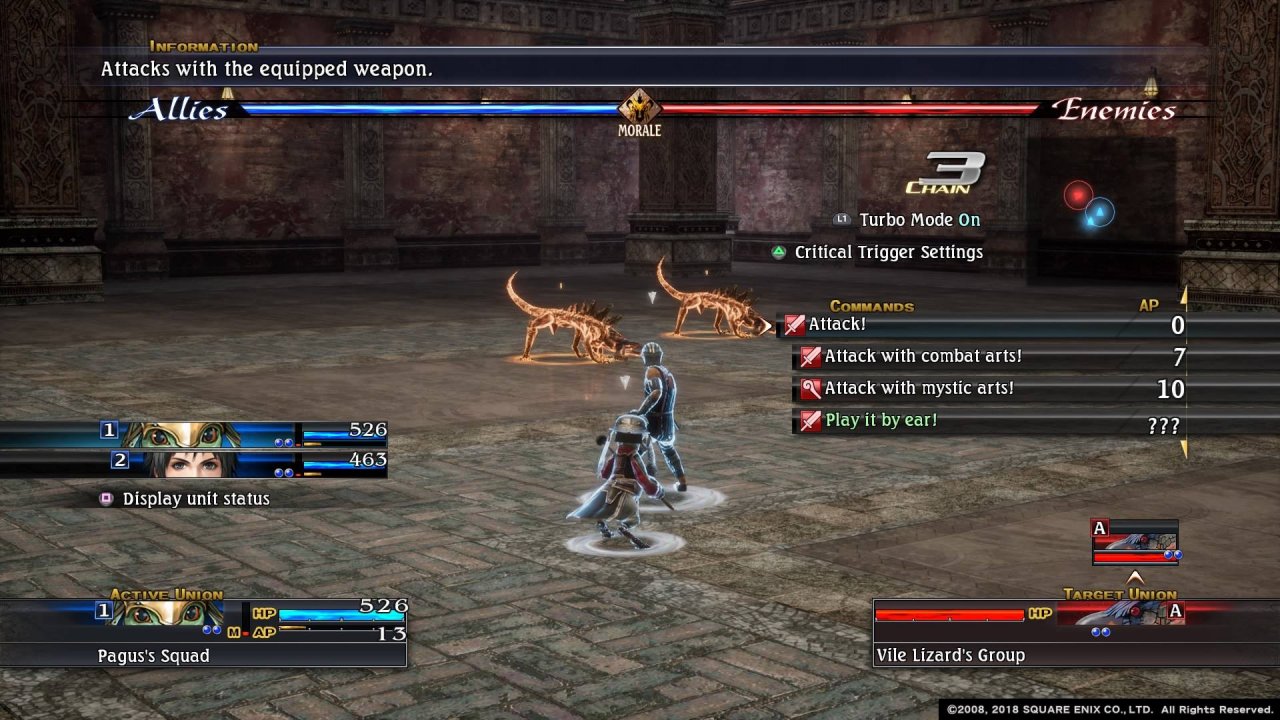
The Last Remnant is a turn-based JRPG of sorts but on a rather larger scale as your characters fight in small groups on a battlefield. The list of commands in battle are rather simple from using magic skills or focusing healing. Rather than each character having individual health pools, each group has a health pool combined of each character in a group also known as a Union. Unions can consist of multiple characters strength depending on who is in the Union. You will be able to unlock more characters per Union later and also rearrange them in a formation.
The battle system seems kind of convoluted at first with many things to get your head around such as ‘Deadlock’ ‘Rear Assault’ and ‘Flank’ These affect the damage dealt by both Unions and Foe. This is a tactic which you will need if you are to make it through some of the longer fights later on in the game; the trouble is while these are explained to you early on in the game it is still difficult to grasp and making endgame grinding a necessity. Timed button presses also alleviate the minor damage but not by much, these are difficult to do as they change with each character and also you have little room for error. ‘Intercepts’ are another system implemented into battle which can work in the player’s favour but can also turn the tide of battle. Since the game decides when Interceptions can and will happen it can really leave a disadvantage to the player especially when you really need to heal up and battles then feel like they have an element of luck to them.
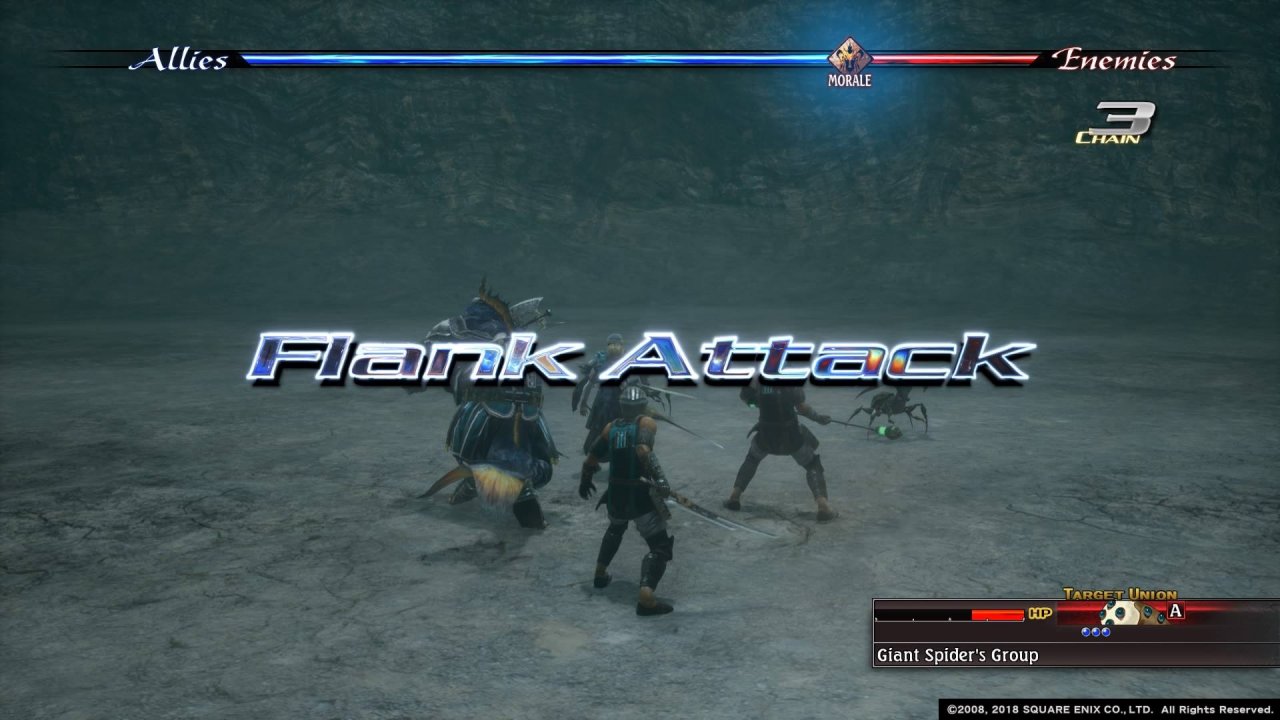
Rather than a level up system, characters stats will increase throughout battles along with learning new arts through a Battle Rank system. This increases based on performance such as the number of turns and if a character is knocked out in battle. It is a deep and quite complex system but along with the synthesis it makes for a very interesting battle system overall.
Outside of battle, you can explore dungeons and towns which are pretty small and linear, to begin with, enemies can be seen on the map which can be a blessing but when you are grinding it can be annoying, fortunately, there is a feature not too far into The Last Remnant which allows you to round up many enemies on the field and fight them all at the same time thus increasing your rewards and odds of rarer spoils after battle. The World Map shows points where you have been previously with new areas to explore once you have unlocked them, you can actually go to different areas in town in the same way if there is a specific point you need.
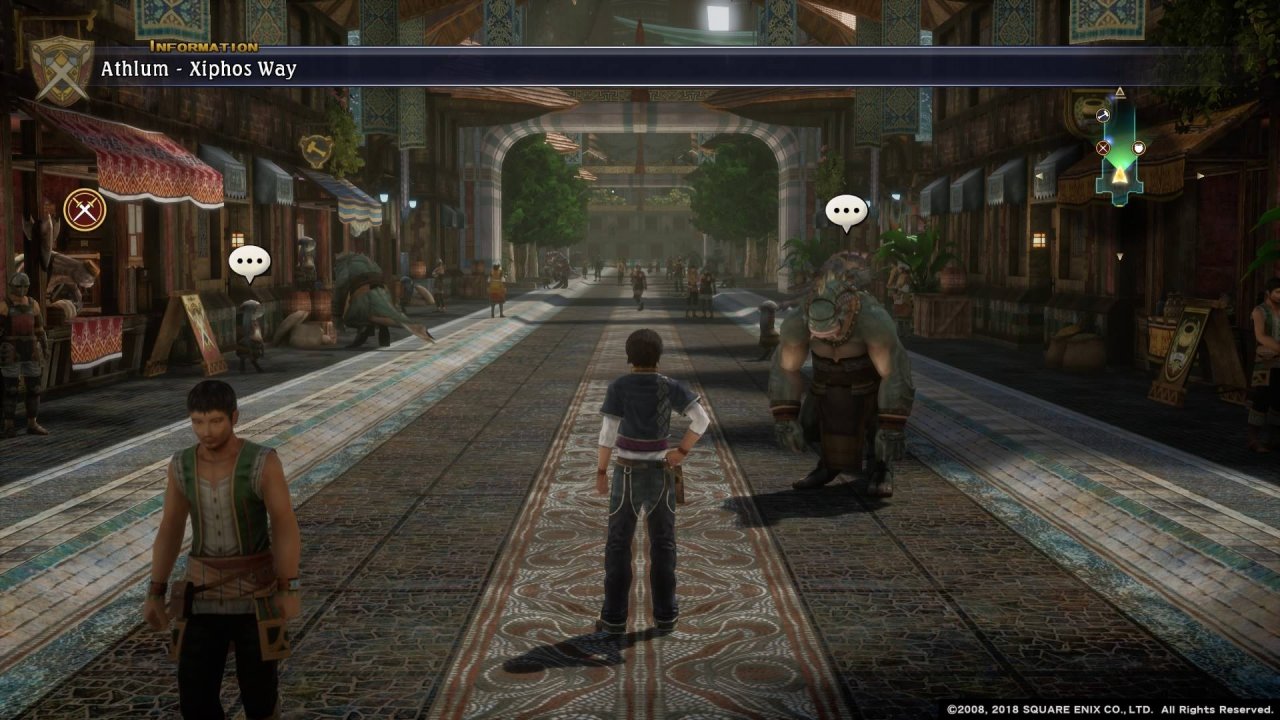
Graphically The Last Remnant holds up well for a game of its age but I will say the music score is definitely where The Last Remnant shines. I will say if you are a fan of JRPG’s and a complex and deep battle system then I would go ahead and definitely give The Last Remnant a try.
A PlayStation 4 Review Code was provided by Square Enix

